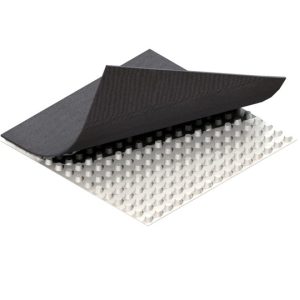Automotive Bushings: A Complete Guide to Types, Functions, and Maintenance
Automotive Bushings: A Complete Guide to Types, Functions, and Maintenance
Automotive bushings may seem like small components, but they play a crucial role in your vehicle’s performance and comfort. These vibration-dampening parts absorb shocks and reduce noise while maintaining proper alignment. Understanding their function can help you identify issues early and maintain optimal driving conditions.
Types of Automotive Bushings
Different vehicles require specific bushing types based on their suspension design and performance needs. Rubber bushings remain the most common choice for everyday vehicles due to their excellent vibration absorption. Polyurethane bushings offer enhanced durability and precision for performance vehicles, while hydraulic bushings provide superior noise isolation in luxury models. Each type serves distinct purposes across steering systems, control arms, and stabilizer bars.
Bushing Maintenance Indicators
Worn bushings manifest through several noticeable symptoms. Listen for unusual clunking noises during acceleration or braking. Pay attention to vague steering responses or excessive vibration through the steering wheel. Uneven tire wear often indicates alignment issues caused by deteriorating automotive bushings. Regular inspections during routine maintenance can prevent minor issues from escalating into major repairs.
Replacement and Installation Guide
Replacing worn bushings requires proper tools and technical knowledge. Begin by safely supporting the vehicle on jack stands. Remove the affected component and press out the old bushing using specialized tools. Clean the mounting surface thoroughly before installing the new bushing with appropriate lubricants. Always torque fasteners to manufacturer specifications and perform a wheel alignment afterward.
Common Bushing Questions
How long do automotive bushings typically last?
Most factory bushings last 80,000-100,000 miles under normal driving conditions.
Can I replace bushings myself?
While possible for experienced DIYers, professional installation ensures correct fitment and alignment.
What’s the cost of bushing replacement?
Prices range from $200-$600 depending on vehicle model and labor rates.
Professional Maintenance Solutions
Regular maintenance extends bushing lifespan and preserves vehicle handling characteristics. Have your mechanic inspect bushings during every oil change or tire rotation. Address minor wear immediately to prevent damage to adjacent components. Consider upgrading to performance bushings if you frequently carry heavy loads or drive on rough terrain.
Ready to optimize your vehicle’s performance? Schedule a suspension inspection today to ensure your automotive bushings are in perfect condition. Contact our certified technicians for professional assessment and replacement services.


